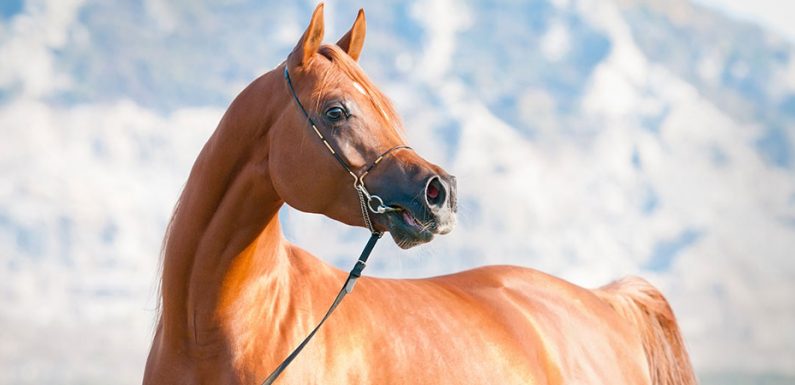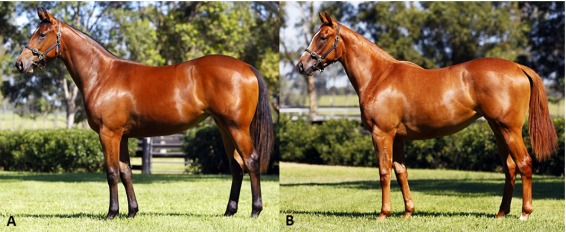
Researchers have found there is little real truth to the age old stereotype of the hot-headed chestnut horse.
Researcher Brandon Velie (previously from Sydney University) and a team from the Department of Animal Breeding and Genetics at the Swedish University of Agricultural Sciences, in Uppsala, Sweden wanted to find out if the hot-headed reputation of Chestnut Horses was deserved.
The team conducted a study to see if there was a relationship between behavioural responses and coat colour.
The results clearly went against the age old wisdom of ‘chestnut mare, beware’ with results showing that chestnut horses were no more likely to display reactive behaviours – rearing, biting, striking, kicking, head throwing, bucking – than bay horses.
What researchers did find however was that chestnut horses appeared to be bolder than their bay counterparts; the horses were more willing to approach objects and animals in their environment regardless of familiarity.
From an evolutionary point of view this is interesting as prior to domestication most horses expressed a bay coat phenotype; a wider range of colours emerged as the horses were selectively bred during domestication. Did humans selectively choose chestnut horses because they were bold – a characteristic desired for war and exploration?
“Chestnut horses may seem “crazy” simply because they get themselves into situations that tend to be more frightening or dangerous. Additionally, the perception would gain even more support if boldness presented in some horses as self-confidence or assertiveness. Any horse that tended to resist a new command or cue in a more forceful manner than other horses would almost certainly be labelled as difficult or “crazy”.”

Perpetuating the stereotype that chestnut horses are hot or difficult can potentially lead to welfare problems the researchers warn. Physical causes – badly fitting saddle or bridle, pain – of behavioural problems can be overlooked because the rider or trainer believes the stereotype than chestnut horses are just ‘crazy’ rather than looking for a real underlying cause.
The full study was published in the journal Applied Animal Behaviour Science and is available online: The relationship between coat colour phenotype and equine behaviour: A pilot study